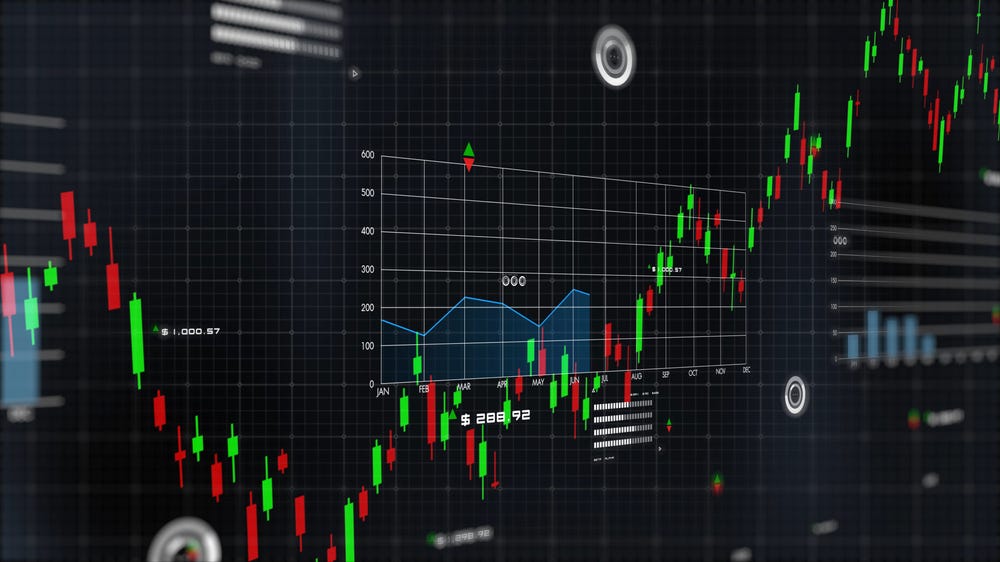
Mastering Crypto Trading Timing: Strategies for Success
In the fast-paced world of digital assets, Crypto Trading Timing click here timing can be the difference between making significant profits and incurring substantial losses. Understanding when to enter and exit trades is crucial for maximizing your success in the crypto trading arena. In this article, we will explore various factors influencing trading timing, discuss different strategies traders employ, and provide insights on how to refine your approach to trading in the cryptocurrency markets.
Understanding Market Volatility
Cryptocurrency markets are known for their extreme volatility, which can create both opportunities and risks. Market volatility can be influenced by a variety of factors, including news events, market sentiment, regulatory changes, and technological advancements. When trading crypto, it’s essential to understand these influences and how they can affect price movements.
The price of cryptocurrencies can change rapidly, often within minutes or hours. For instance, Bitcoin may experience a significant surge due to favorable news or institutional investment, while negative news can lead to sharp declines. By staying informed about current events and trends, traders can better anticipate market movements and adjust their trading strategies accordingly.
Technical Analysis: Tools for Timing
Technical analysis (TA) is a critical aspect of trading that involves examining historical price and volume data to make predictions about future price movements. Traders use various tools and indicators to identify patterns and signals that can inform their buying and selling decisions.
Some popular technical indicators include:
- Moving Averages: This indicator smooths out price data over a specified period, helping traders identify trends and potential reversal points.
- Relative Strength Index (RSI): RSI measures the speed and change of price movements, indicating whether an asset is overbought or oversold.
- Bollinger Bands: This tool consists of a middle band (the moving average) and two outer bands that indicate volatility. Prices tend to revert to the mean, providing potential entry and exit points.
- Volume Analysis: Analyzing trading volume can help traders understand market strength and confirm signals generated by other indicators.
Utilizing these technical indicators can help traders refine their timing by providing insights into market conditions and potential price movements.
Fundamental Analysis: A Broader Perspective
While technical analysis focuses on price patterns, fundamental analysis (FA) examines the underlying factors that influence an asset’s value. This includes looking at the project’s technology, use case, team, market demand, and competitive landscape. As a trader, understanding the fundamentals of a cryptocurrency can provide valuable context for timing your trades.
For example, if a new partnership announcement is expected to enhance a project’s utility, traders might prepare to enter a position before the news breaks to take advantage of the anticipated price increase. Conversely, understanding the implications of regulatory changes can help traders avoid potential pitfalls.

Sentiment Analysis: Gauging Market Mood
Market sentiment plays a significant role in trading timing. Sentiment analysis involves assessing the emotions and attitudes of market participants, which can be reflected in social media trends, news coverage, and trading volume. Tools like sentiment analysis dashboards can help traders gauge whether the market is bullish or bearish.
A sudden shift in sentiment can lead to rapid price movements. For instance, positive sentiment might drive a surge in buying, while negative sentiment could lead to widespread selling. By monitoring sentiment and understanding its impact on the market, traders can make more informed timing decisions.
The Importance of Timing Strategies
Different traders adopt various strategies based on their risk tolerance, market outlook, and trading style. Here are some common timing strategies used in crypto trading:
1. Day Trading
Day trading involves making multiple trades within a single day, capitalizing on small price movements. Day traders often rely heavily on technical analysis and real-time data to make quick decisions. Timing is critical, as they need to enter and exit trades at the right moments to secure profits.
2. Swing Trading
Swing traders hold positions for several days to weeks, aiming to profit from larger price swings. This strategy combines technical and fundamental analysis to identify potential entry and exit points. Timing in swing trading is about capturing trends before they shift.
3. Long-Term Investing
Long-term investors take a different approach, focusing less on specific timing and more on the overall growth potential of an asset. They often consider fundamental factors and market trends over months or years. However, even long-term investors should be mindful of market cycles to optimize their buying opportunities.
Timing Your Trades: Practical Tips
Here are some practical tips to help improve your trading timing:
- Set Alerts: Use price alerts to stay informed about significant price movements or trend changes. Alert systems can help you react swiftly when your target price is reached.
- Be Patient: Waiting for the right moment to enter or exit a trade can be more beneficial than forcing a trade. Avoid the FOMO (Fear of Missing Out) mentality and stick to your strategy.
- Review Your Trades: After a trade, review your decisions and timing. Understanding your successes and mistakes can lead to improved decision-making in the future.
- Stay Updated: Keep an eye on news and developments affecting the crypto market. An informed trader can react more effectively to changes in the market landscape.
Conclusion
In conclusion, mastering crypto trading timing is essential for achieving success in the highly volatile cryptocurrency market. By understanding the influence of market volatility, utilizing technical and fundamental analysis, and monitoring market sentiment, traders can make more informed timing decisions. Ultimately, developing a well-defined strategy based on vigilant timing can lead to enhanced profits and reduced risks in the ever-evolving crypto landscape.